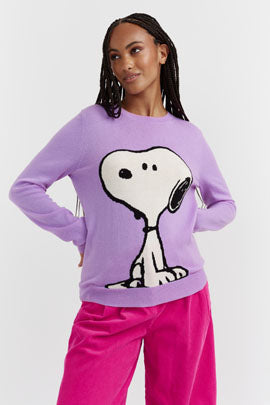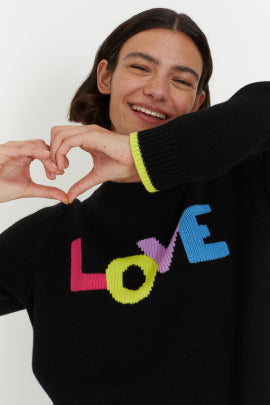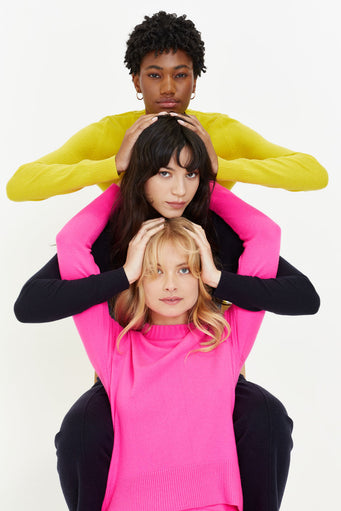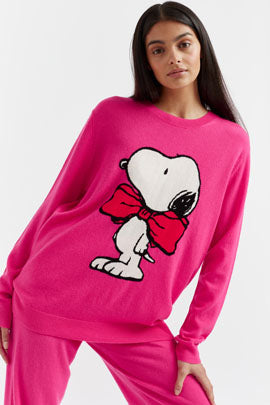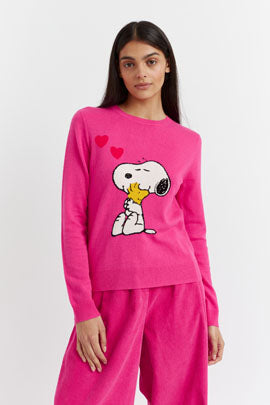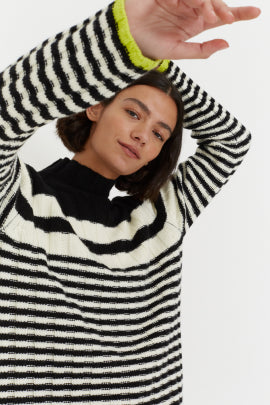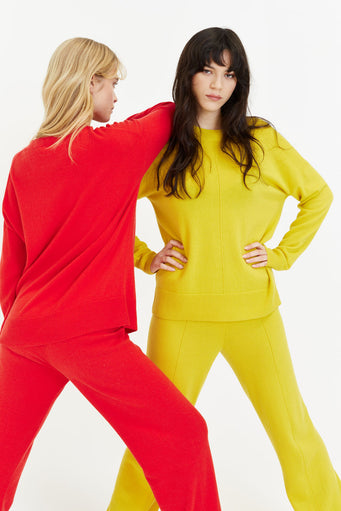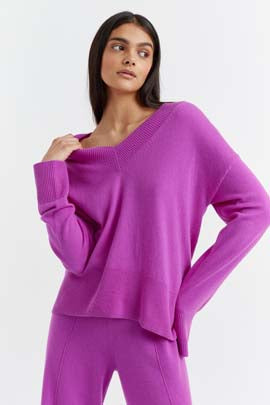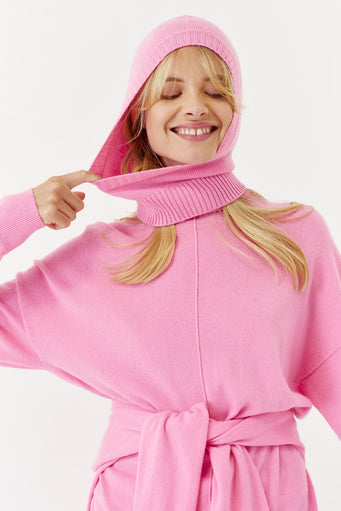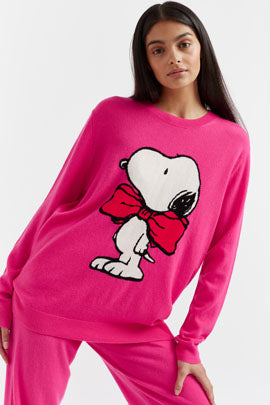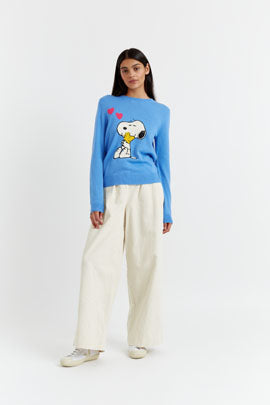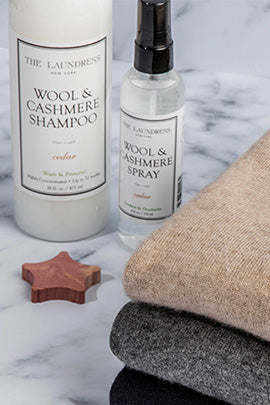We're all about Cashmere
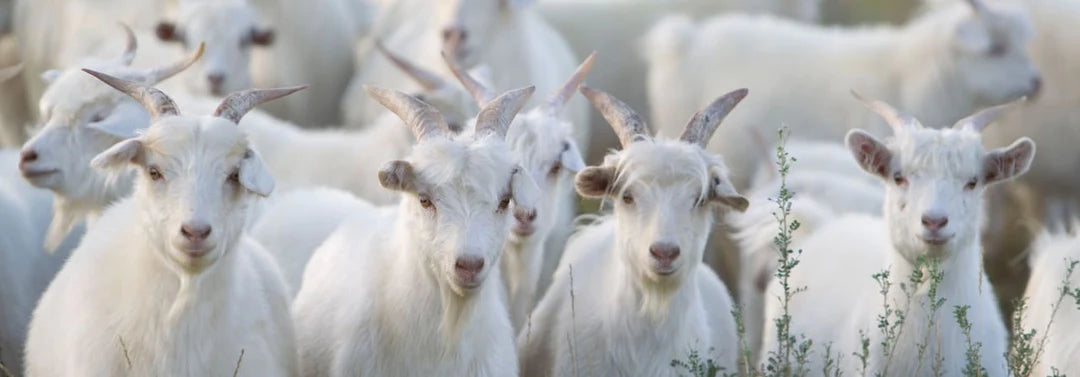
As our friends will attest, cashmereis at the very heart of Chinti & Parker’s seasonal and core collections. When we first started the brand in 2009, we weren’t excited by the existing cashmere offering – most sweaters were very traditional and only available in limited colours. That’s why we decided to take this superlatively soft yarn and use it to create contemporary, fun and feel good designs that would stand out from the crowd.
Always experimenting with colour, texture and motifs via intricate intarsia, innovative knit techniques and flattering shapes, our love affair with cashmere continues to this day. Read on to learn a little about what makes this yarn so precious and why we love working with it so much.
What is cashmere?

Known for being one of the softest fibres in the world, cashmere is synonymous with luxury and is core to Chinti & Parker’s brand DNA.
Shop cashmere essentials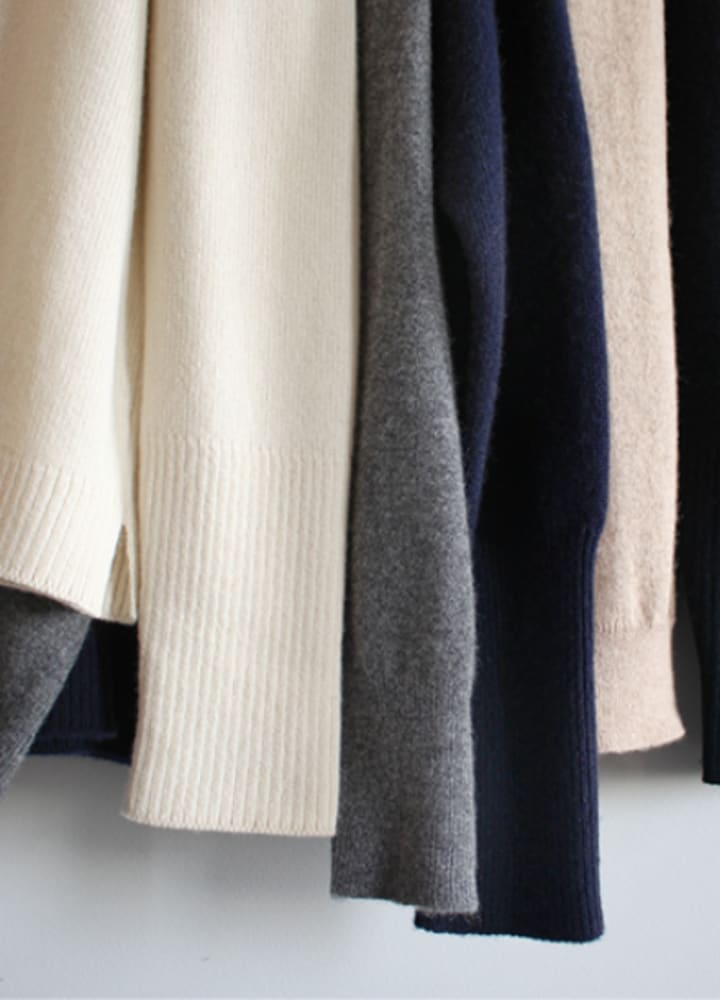
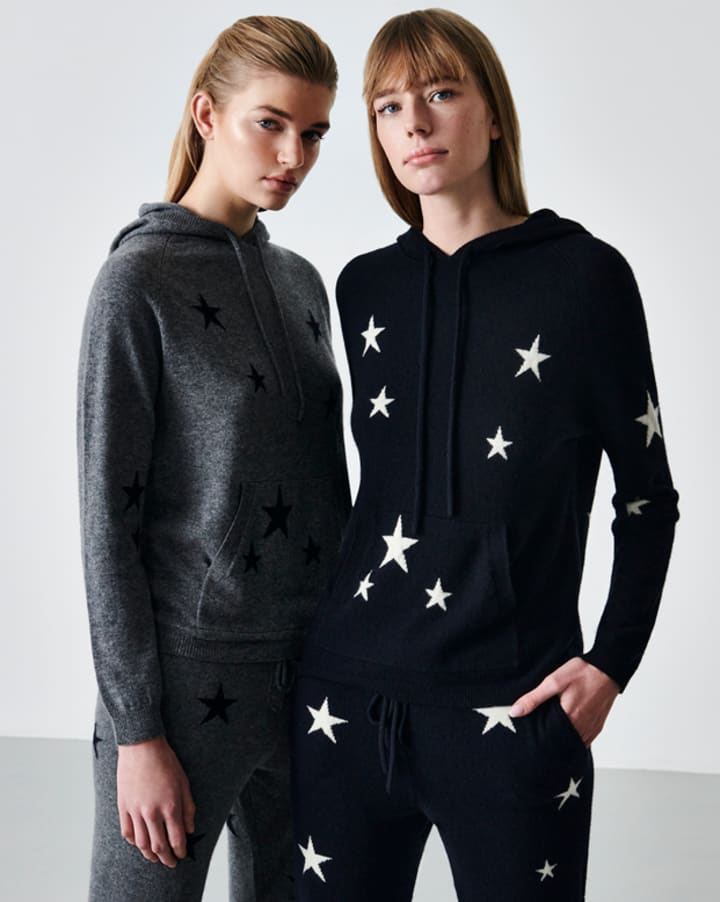
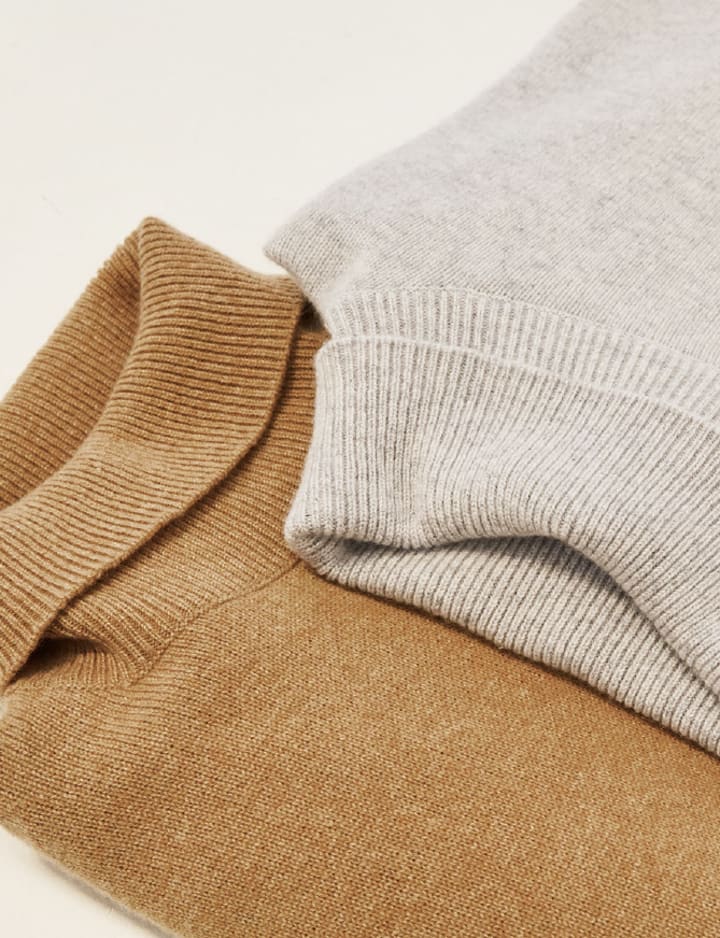
Where does cashmere come from?

Our cashmere comes from the Capra hircus goat in Mongolia in Northern China where our suppliers have excellent relationships with the goat herders who breed the animals. These goats have a fleece which consists of two layers; the top one is coarse and wiry, and the other is a super-soft undercoat, otherwise known as cashmere. Cashmere creates an insulating layer to help the goats survive extreme weather conditions, through harsh cold winters and torrid heat waves.
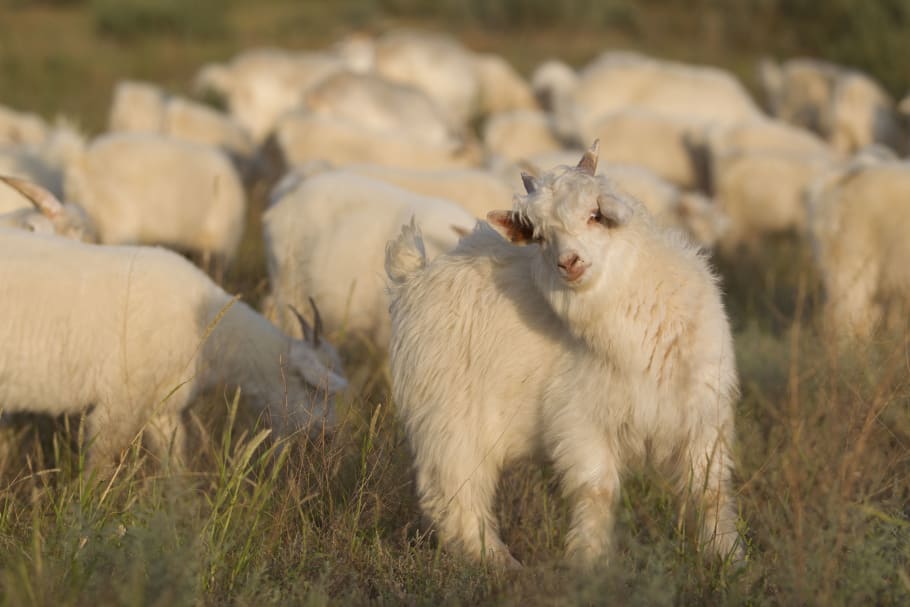
Our suppliers have excellent relationships with the goat herders.
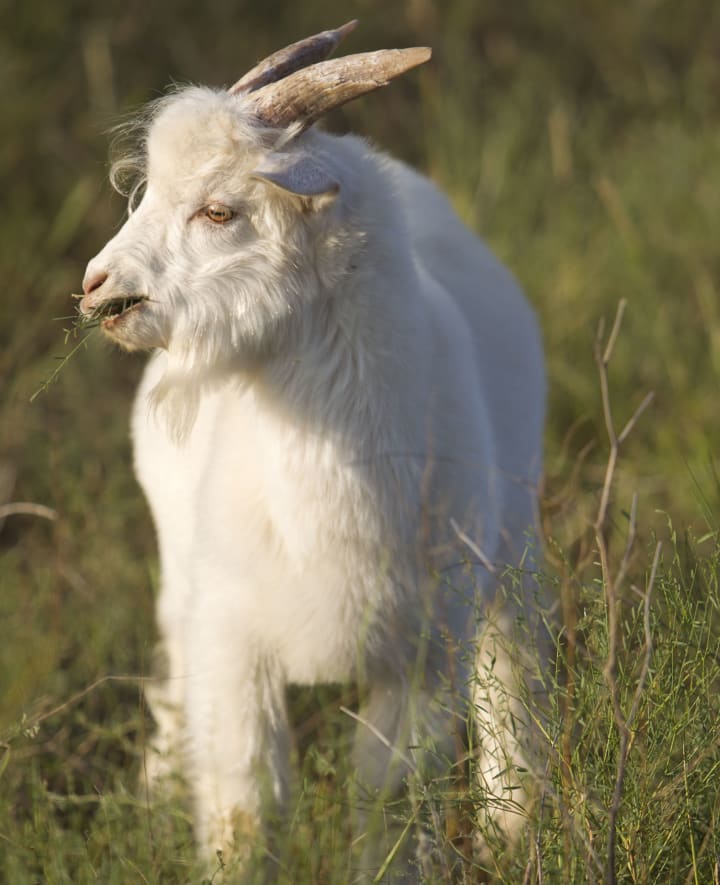
How is cashmere harvested and processed?

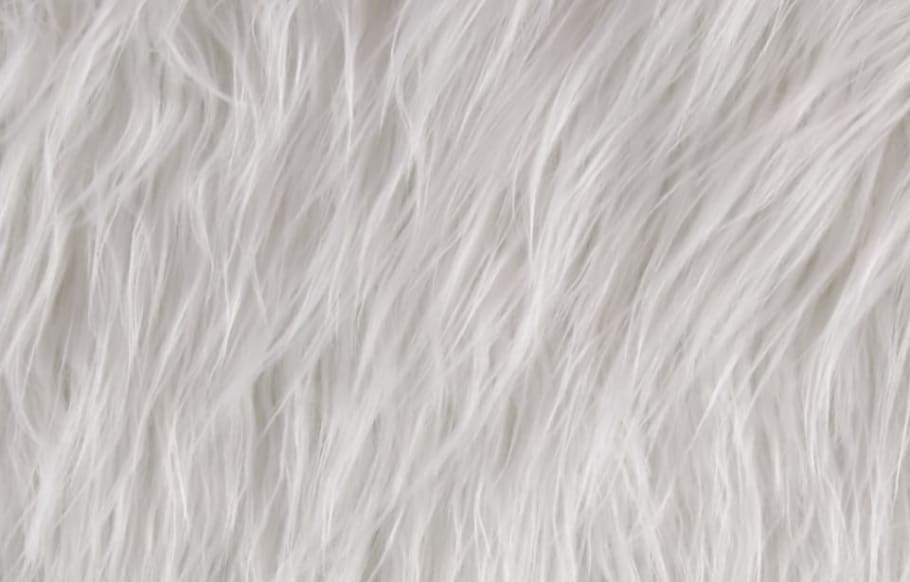
Compared to shearing, hand combing goats is cruelty free.
Once every spring, when the climate is milder and the goats naturally shed their coats, the goat herders harvest the delicate under-fleece by gently combing the goat, without causing any harm to the animal. The precious fibres of the goat’s warming undercoat are separated from the protective topcoat during a labour-intensive task that involves combing and sorting the hairs by hand.
The bundles of fibres are then transported to a laboratory to undergo the first phase of quality analysis. If they pass, they are spun into an exceptionally soft cashmere yarn in mills.
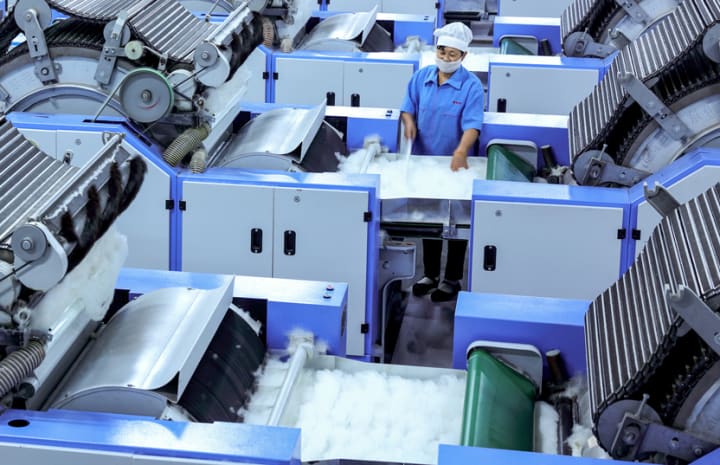
Did you know?We source yarns from Loro Piana in Italy and Todd & Duncan in Scotland.
Cashmere’s value reflects its low production rate. While a sheep can give you around 3 kilos of wool every year, a cashmere goat will only produce approximately 200 grams.

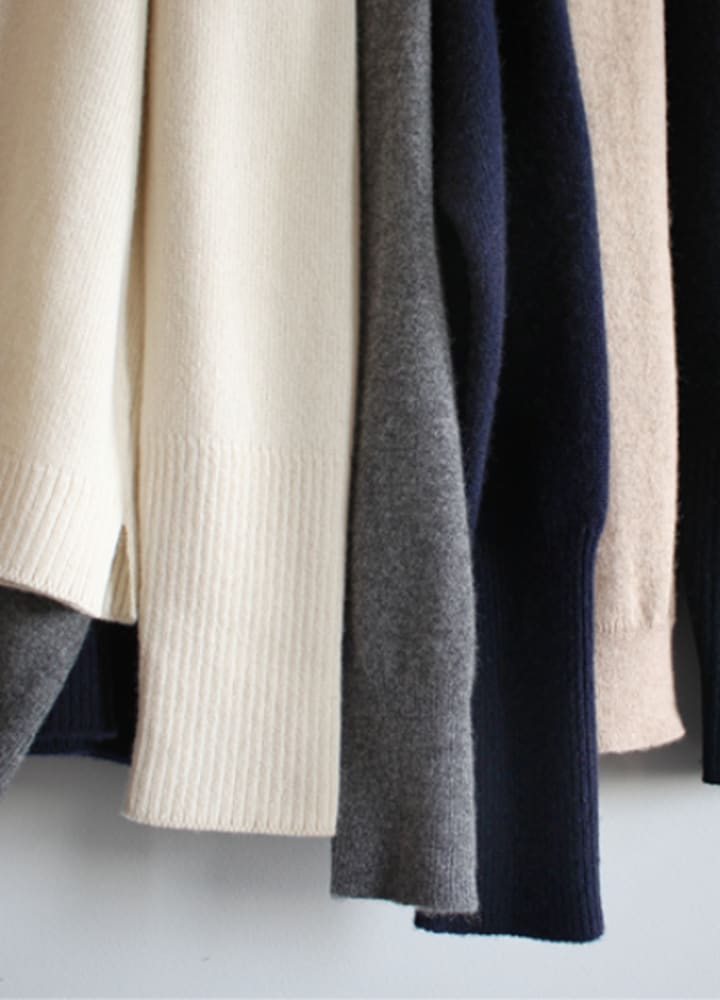
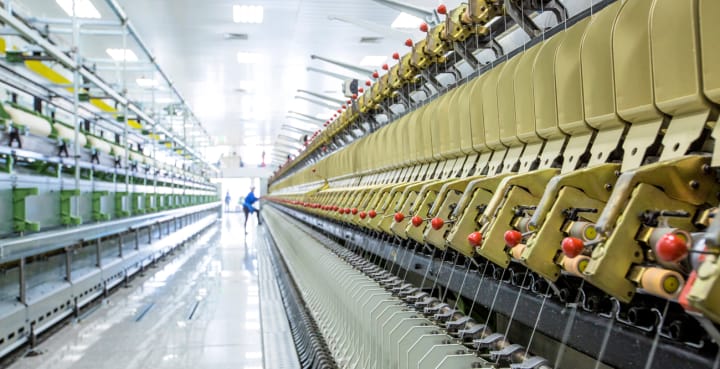
The majority of our cashmere comes from a vertical factory in Mongolia – this means that the whole process, from goat rearing to yarn spinning to manufacturing, happens in the same place, keeping our carbon footprint low.
Our Vertical Factory Process
1. Rear goats
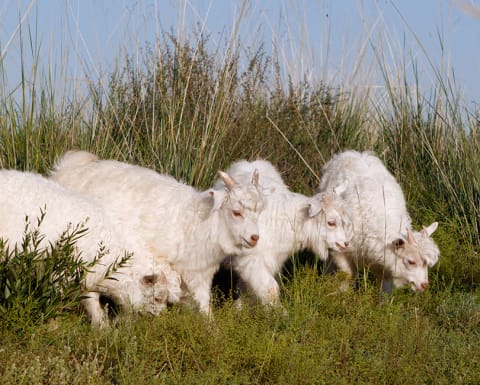
2. Harvest wool
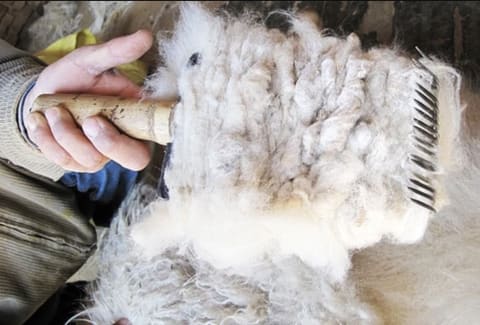
3. Process the wool
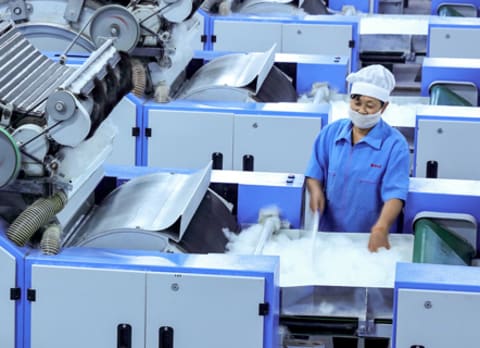
6. Send to warehouse

5. Produce goods
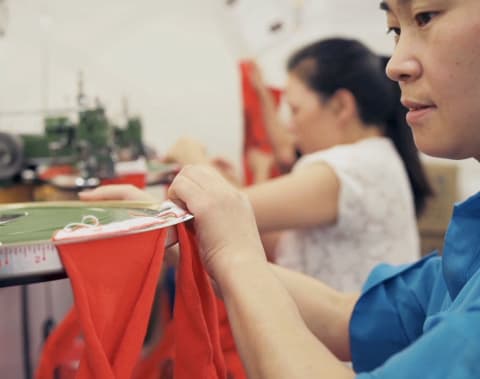
4. Spin & dye yarn
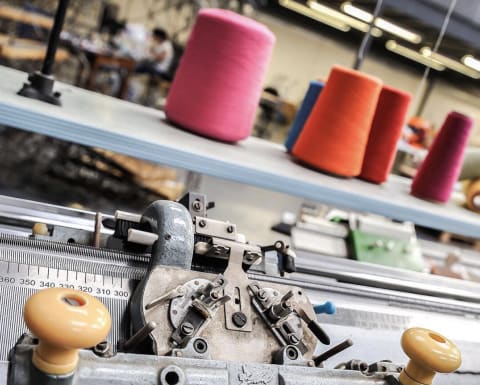
Why choose cashmere?
Did you know?
It takes four goats to yield enough cashmere to knit one Chinti & Parker sweater.
Did you know?
It takes four goats to yield enough cashmere to knit one Chinti & Parker sweater.

Incredibly soft and enjoyable to wear, good quality cashmere knitwear will make a luxurious addition to your wardrobe and, if well cared for, will last for many years. It is softer and lighter than traditional wool, making it an excellent choice for sweaters, scarves and more.
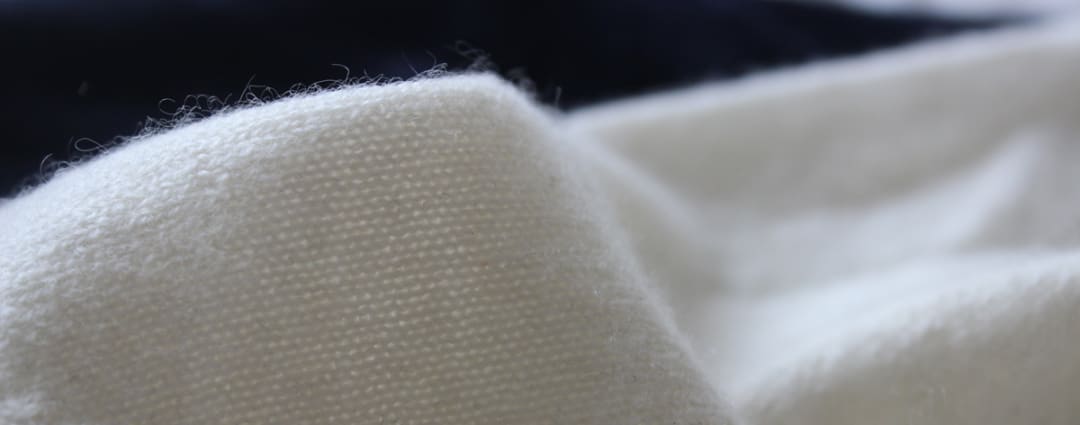
"Cashmere is a great year-round investment."
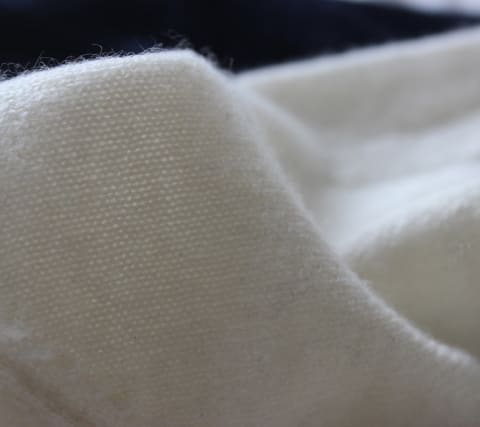
Cashmere is a great year-round investment.

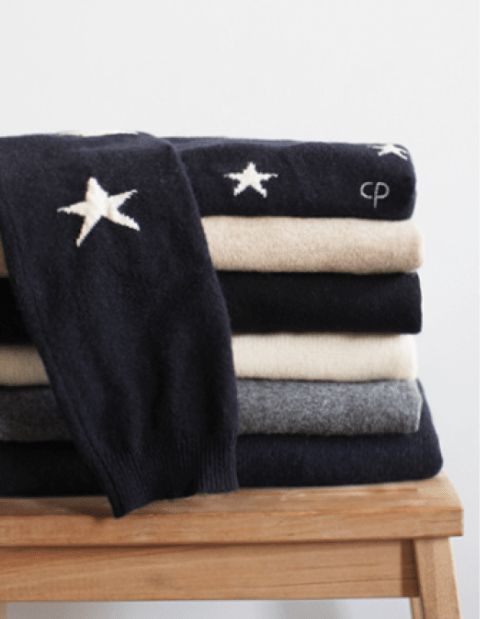
The natural structure of the cashmere fibre means that it possesses impressive insulating properties. The air trapped in the tiny spaces between the fibres forms a natural barrier that helps to contain body heat and prevent cold air from reaching the skin. This is why cashmere is a great year-round investment, keeping you warm in the winter and cool in the summer.
Shop cashmere Shop cashmereDid you know?
It takes four goats to yield enough cashmere to knit one Chinti & Parker sweater.
Shop cashmereDid you know?
It takes four goats to yield enough cashmere to knit one Chinti & Parker sweater.

